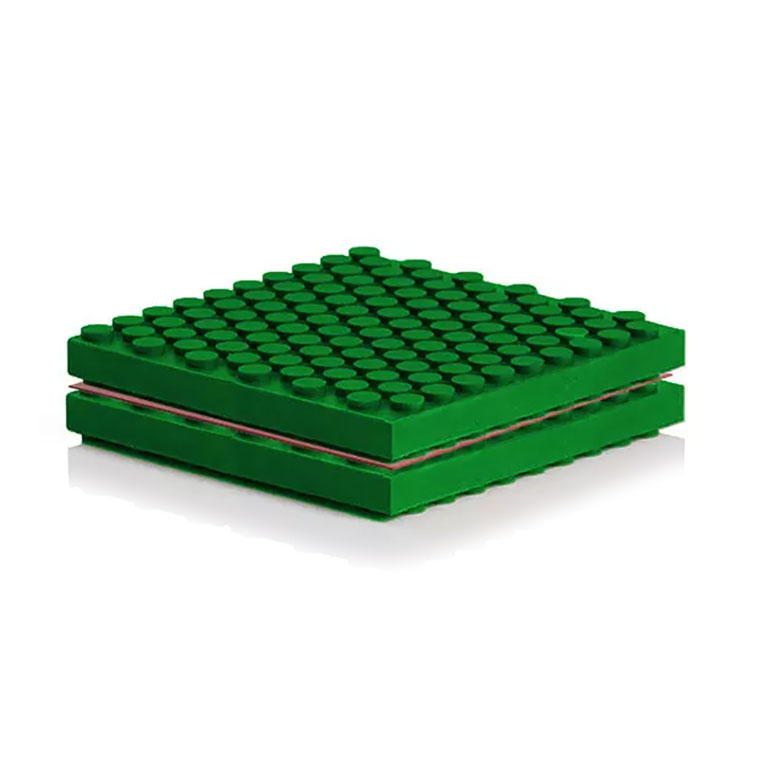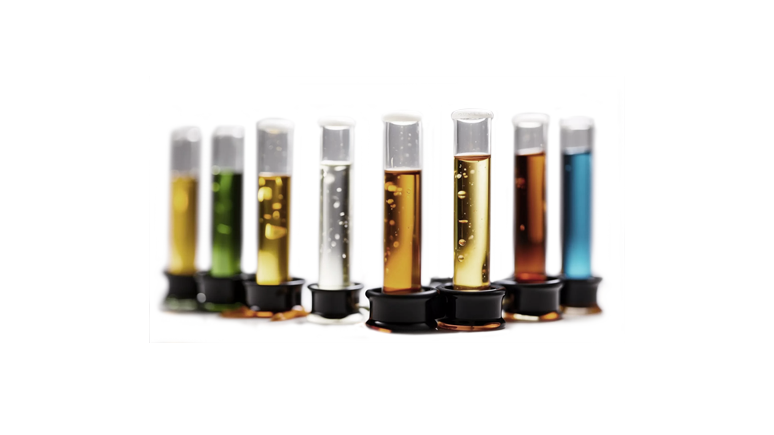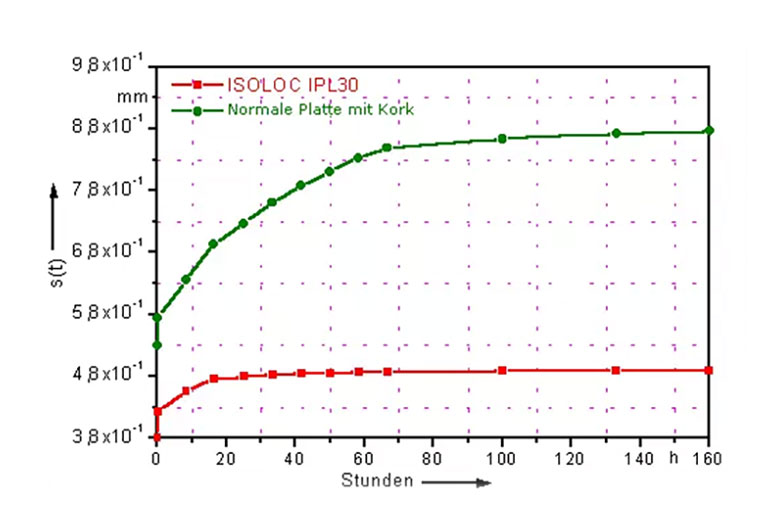Search
Technology
First-class vibration isolation thanks to high-performance elastomers
Elastomers have been used for decades as vibration-damping construction elements - in numerous industries and almost all sectors, in the form of car tires, timing belts, conveyor belts, bridge bearings and many more.
Vibration control technology from isoloc is based on elastomers. This material is unbeatable when it comes to vibration isolation and vibration reduction: Our vibration isolation systems with high-performance elastomers can withstand higher operating temperatures, adverse environmental conditions and chemically aggressive contact media such as oils, acids and alkalis.
In today's world, where machines are running faster and faster and the demands for efficiency and economy continue to rise, experienced engineers rely on isoloc.
Maximum dimensional and level stability
The main characteristic of elastomers is their dimensional stability, which they owe to the cross-linking of their basic molecules. They are therefore reversibly deformable to a very high degree.
The deformation of an elastomer bearing consists of an elastic change in shape which, depending on the load and duration, can turn into "creep". Depending on the type and shape of the elastomer mount and the temperature, the "creep" can be more or less pronounced. Isoloc vibration isolation pads are optimized for this and offer very good level stability (very low creep) even under the highest loads (see Fig. 1 + 2).
High elasticity and low stiffness
For effective vibration isolation, the natural frequency of the vibration isolation elements must be as low as possible, i.e. the stiffness should be as low as possible. When an external force is applied (e.g. an impact), the vibration isolation element must deform elastically and quickly return to its original shape (see Fig. 2). Special profiling further increases the spring capacity.





